OPTIONAL BACKGROUND SUMMARY
The Lifting of the Veil – An Invitation to Encounter
Introduction
In light of our Easter message, this discussion centers on the significance of the resurrection of Jesus. The resurrection is the most significant event in human history, and it means that all pain and all disappointment are not the end. There's plenty of evidence of the reality of the resurrection, but to have a helpful conversation about the evidence often requires an encounter with the living God rather than mere intellectual wrestling with evidence. The concept of the veil serves as a metaphor throughout scripture, indicating moments of spiritual blindness that can only be resolved through divine encounter.
The Role of the Veil: A Biblical Framework
The Apostle Paul serves as a powerful example of transformation and clarification of one’s spiritual vision. Previously, Paul was a zealous persecutor of Christians, blind to the truth of Christ until his personal encounter with Jesus on the road to Damascus.
He became the most profound & extreme conversion for Christ after three days of physical blindness, which symbolized the removal of a spiritual veil over his heart and eyes.
Historically, scripture shows the veil serving to separate humanity from God:
Moses had to wear a veil after encountering God’s glory to shield the Israelites from the overwhelming presence of God, indicating humanity’s inability to withstand divine holiness without mediation.
Paul suggests that just as Moses experienced a temporary glory, the current ministry surpasses this glory through the Holy Spirit, signifying greater access to divine presence without barriers.
A World of Hope: The Resurrection as a Turning Point
The Sunday message shares reflections on contemporary movements within the church, demonstrating a rising trend of spiritual awakening among younger generations.
In particular, statistical data highlights that 18 to 24-year-olds in the UK are significantly less likely to identify as atheists than their parents, reflecting a cultural shift toward seeking spiritual experiences over mere belief systems.
Real-world examples showcase an increase in church attendance and a remarkable uptick in baptisms and spiritual commitments among young populations:
A church in Copenhagen reports a 30% growth in the past 18 months.
France sees a 31% increase in baptisms.
There’s a dramatic revival of public interest in faith, with increased engagement from secular influencers, intellectuals, and even public figures like Russell Brand and Joe Rogan, indicating a softening of hearts towards the divine.
The Significance of Transformation: From Knowledge to Experience
The call to embrace transformation is strong. Just as the veil represents a barrier to seeing God clearly, its lifting allows for genuine encounters that lead to profound change:
The transformative process involves moving from being oblivious or skeptical to experiencing God’s love, grace, and presence in tangible ways.
When individuals turn to the Lord, the veil is removed, and they receive a life-altering revelation of God’s reality.
Using Paul’s metaphorical framework, the primary takeaway is the shift from knowledge about God to experiencing Him:
There is a stark contrast drawn between the old covenant of the law, which confined and condemned, and the new covenant of grace through the Holy Spirit, which brings liberation and transformation.
Five Types of Veils and Their Removal
The message invited us to identify with one of five “archetypal” individuals who represent different barriers caused by the veils in our lives:
The Burned Out Achiever: Overwhelmed by anxiety, they discover rest in Jesus.
The Heartbroken Wanderer: Recovering from loss, they find solace and love in God’s unyielding pursuit.
The New Age Seeker: Searching for meaning outside of traditional faith may find fulfillment in recognizing Jesus as the true king.
The Church Kid: Often loses the essence of faith but encounters Jesus anew, marking a personal awakening.
The Cynic: Burdened by doubts and disillusionment, they are invited to explore the acceptance and healing that Jesus brings.
The Journey of Transformation: From Fear to Faith
Finally, Christian closed the message by inviting us each to to engage sincerely with our struggles and embrace the implications of the resurrection. By recognizing these barriers, we can experience the freedom that accompanies the lifting of the veil.
Key points:
True freedom does not stem from serving self; it arises from surrender to divine purpose. (Trust the Story)
Spiritual growth + maturity is our aim not merely emotional + intellectual understanding, urging us to pursue the life-changing relationship with Jesus.
Conclusion: Embracing the Veil’s Lift
This message + discussion shows that the significance of the resurrection extends far beyond an event in history. It is an invitation for each of us to engage in a transformative relationship with Jesus, moving from fear to faith, and from mere existence to a life of flourishing.
The central message is that understanding our true purpose and identity in Jesus offers lasting freedom and ongoing transformation—from one degree of glory to another. Embracing the reality of a resurrected life helps lift the veil, allowing us to live in our true identity and share this hope with the world.
We have a story to tell.
